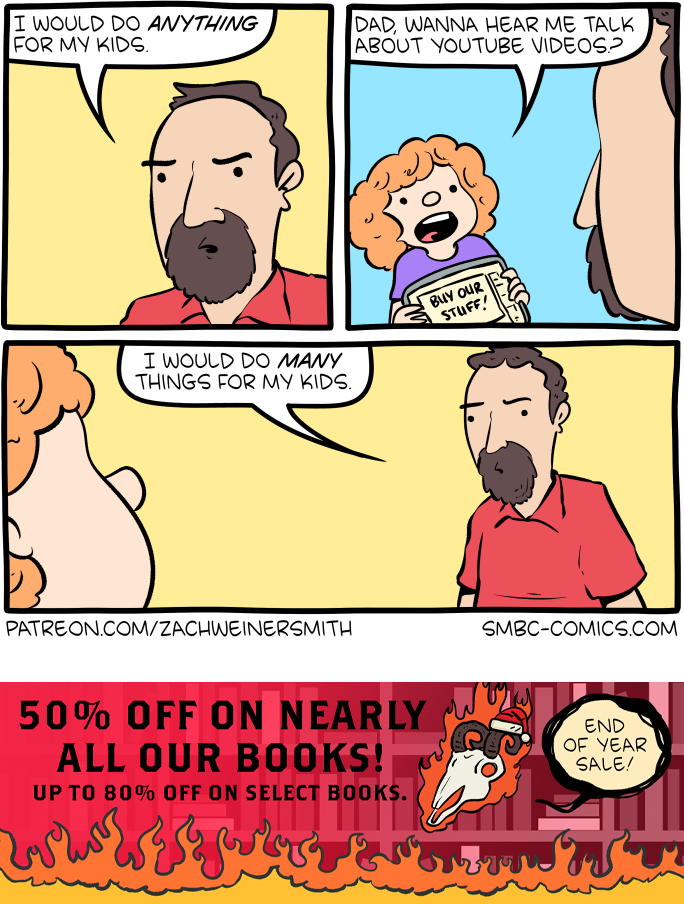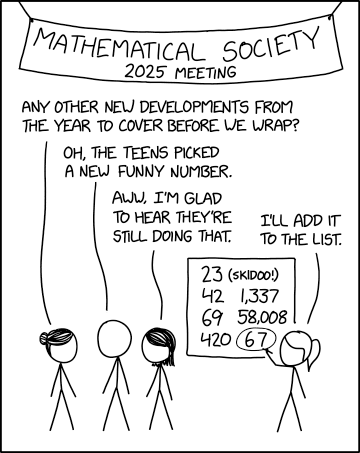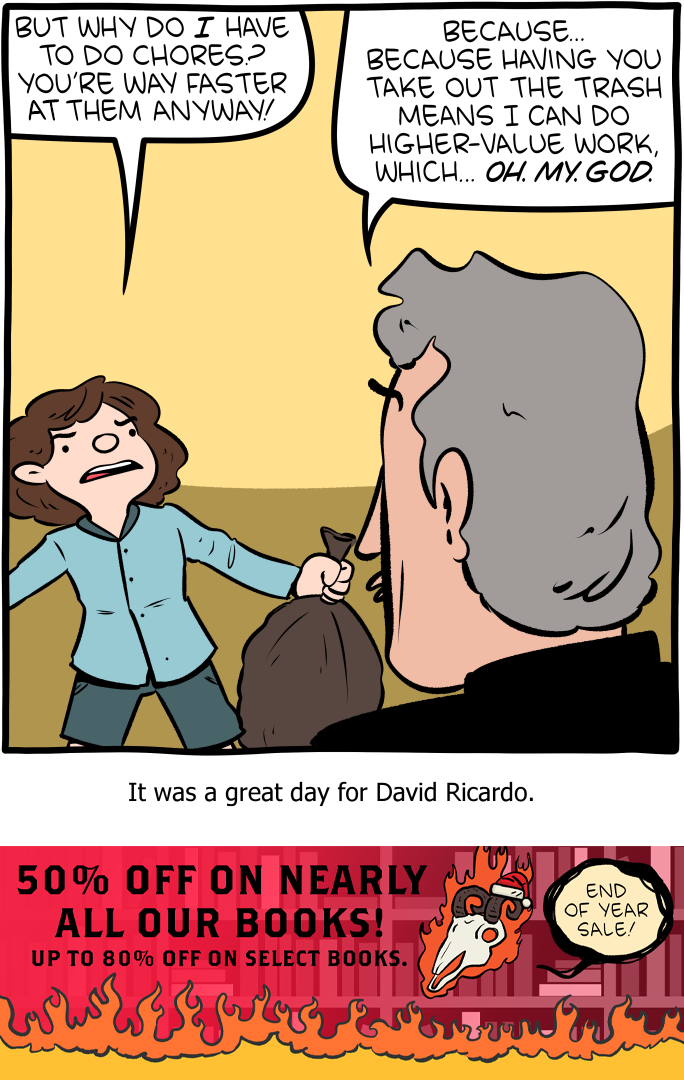End of year meme
Dec. 23rd, 2025 07:46 pmI started introducing it this way in 2023:
The questions here sometimes feel random and sometimes aren't very relevant to me (how many one-night stands, bless; that feels like such a fossil of the height-of-LJ days when I first encountered this meme), but I do like it as a way to think a bit differently than I normally do about my life, and some things that had a big impact on me (like what a dog-hospital year it was for Gary) barely show up here. I do find myself at random points through the year noting things I do that I haven't done before, or wondering what my musical discovery might be, or whatever.
So here we go for 2025
1. What did you do in 2025 that you'd never done before?:
Wrote an extensive as the writer and basically project lead on a report at work -- never did this before, did it three times in a row this year.
Met a person from the internet and ended up having sex with them the same day. (Sorry if this is tmi, there will be no more details about it.)
2. Did you keep your new year's resolutions, and will you make more for next year?:
I didn't call it a resolution but when asked later about what I'd like to have this year that I lacked the previous one, I said
Another sexual and/or romantic partner? This feels impossible but so do the last four years' worth of things and they all happened!
Like three days after I wrote this I started talking to somoene on the social media site that's basically a kinky version of Facebook which, like regular Facebook, you can only access if you have an account and I was getting memes and events linked to by a friend until I got fed up and made an account. Six months later, I got a random message from someone who wrote a comment that I'd "liked" (as with Facebook, it tells you when people like your shit and then you can go look at their profile and all that) and in August I met him and it was fun to have a no-strings arrangement with a friend.
Will I make more for next year? I'm not sure, I think the coming year is more about keeping what I have stable: work, house, relationships, friendships, life....
( +48 )
50. What are your plans for 2026?
Laat year I wrote
Try to help everyone survive it with as much comfort and joy as we can manage, especially in the U.S. but everywhere really.
And I don't think I can improve on that answer either.
In a lot of ways it's been a rough year: the quick and steep decline of human rights in the U.S. has been hard to watch and harder to be affected by so personally. Work has been so difficult. I've had such a miserable experience trying to get referred for top surgery -- in the process bringing up so much medical fatphobia that I haven't even blogged about the whole saga, I can barely even think about it without panic or tears. Even my escapist hobby of MLB has been reminding me that billionaires feel
But in other ways it has also been a good year: it was really nice to be able to provide a safe landing place for ![]() angelofthenorth and Mr Smith, it was nice to get through a November without anything (new) and terrible happening. Connections with the local queers have been deepened and I'm delighted that D and I are now on the small committee of people who've taken over from the two founders who have reasonably been able to step back and enjoy the thing they made as the ordinary attendees the rest of us have gotten to be the last two years.
angelofthenorth and Mr Smith, it was nice to get through a November without anything (new) and terrible happening. Connections with the local queers have been deepened and I'm delighted that D and I are now on the small committee of people who've taken over from the two founders who have reasonably been able to step back and enjoy the thing they made as the ordinary attendees the rest of us have gotten to be the last two years.




